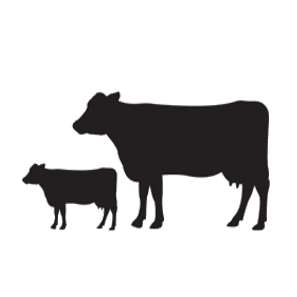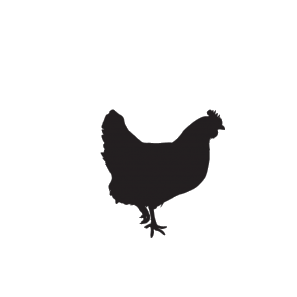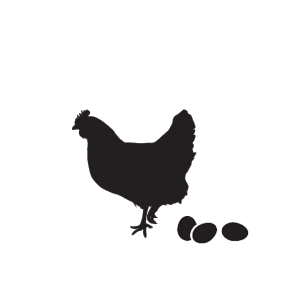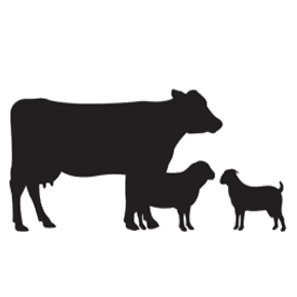In Broiler Rearing Part 1 we covered key feeding points, housing conditions, feeding equipment needed, recommended heating equipment and chick placement.
It is now time to check and measure the chicks! Let’s go…
CHICK CHECK 1
- The first chick check should be done 4 to 6 hours after placement.
- Young chicks should be eating, drinking and running around – if not, ask yourself why? Feel the chick’s feet on your cheek or neck. If the feet are cold, then the chick is cold. If the floor is cold, it could be because the pre-heating of the brooding area was not done sufficiently or early enough.
- Chick behaviour is the best indicator of correct temperature, so observe how the chicks spread out in the brooding area.

CHICK CHECK 2
- The second chick check should be a day after placement.
- The crops of chicks should be checked (crop scoring) the next morning to ensure they have located feed and water.
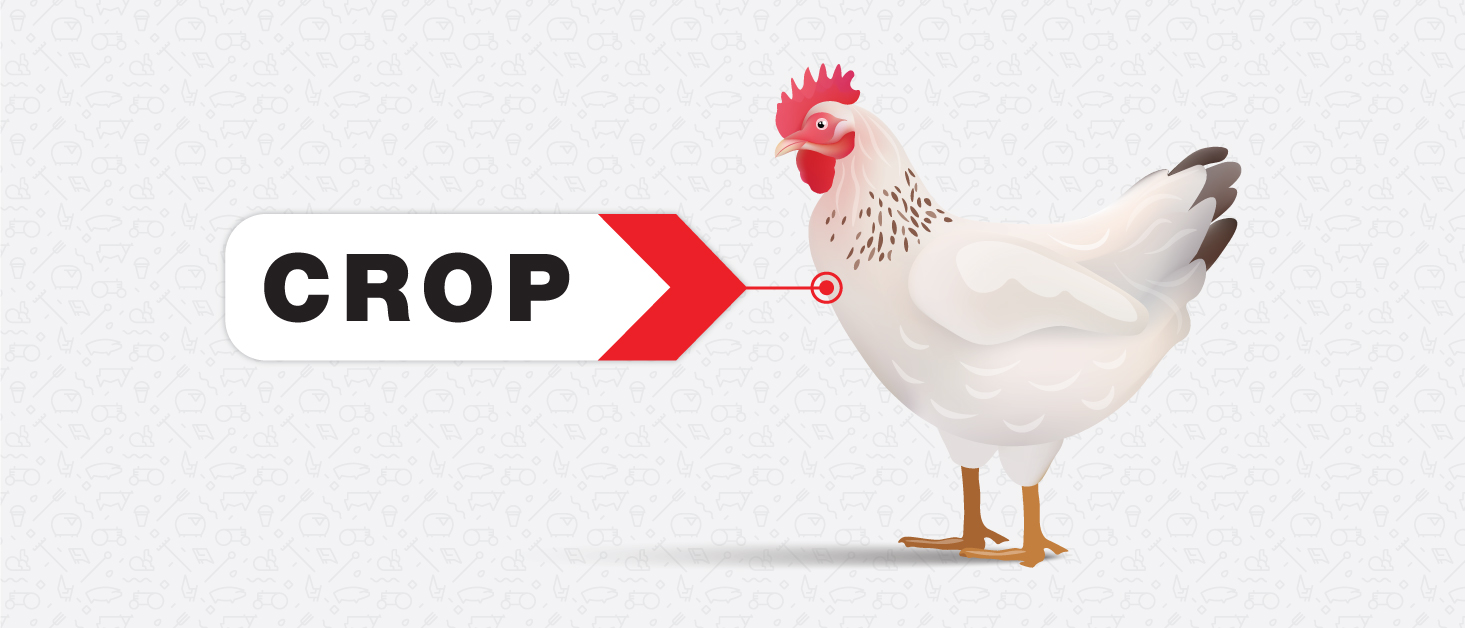
- At this time a minimum of 95% of the crops should feel soft and elastic, indicating chicks have successfully found feed and water.
- Hard crops = chicks have not consumed enough water, and water availability should be checked immediately.
- Swollen crops = chicks have consumed enough water but have not fed sufficiently. In this case, the availability and quality (smell, taste) of the feed should be immediately evaluated.
- At 7 days, the weight of the chicks should ideally be more than 4 times their starting weight.
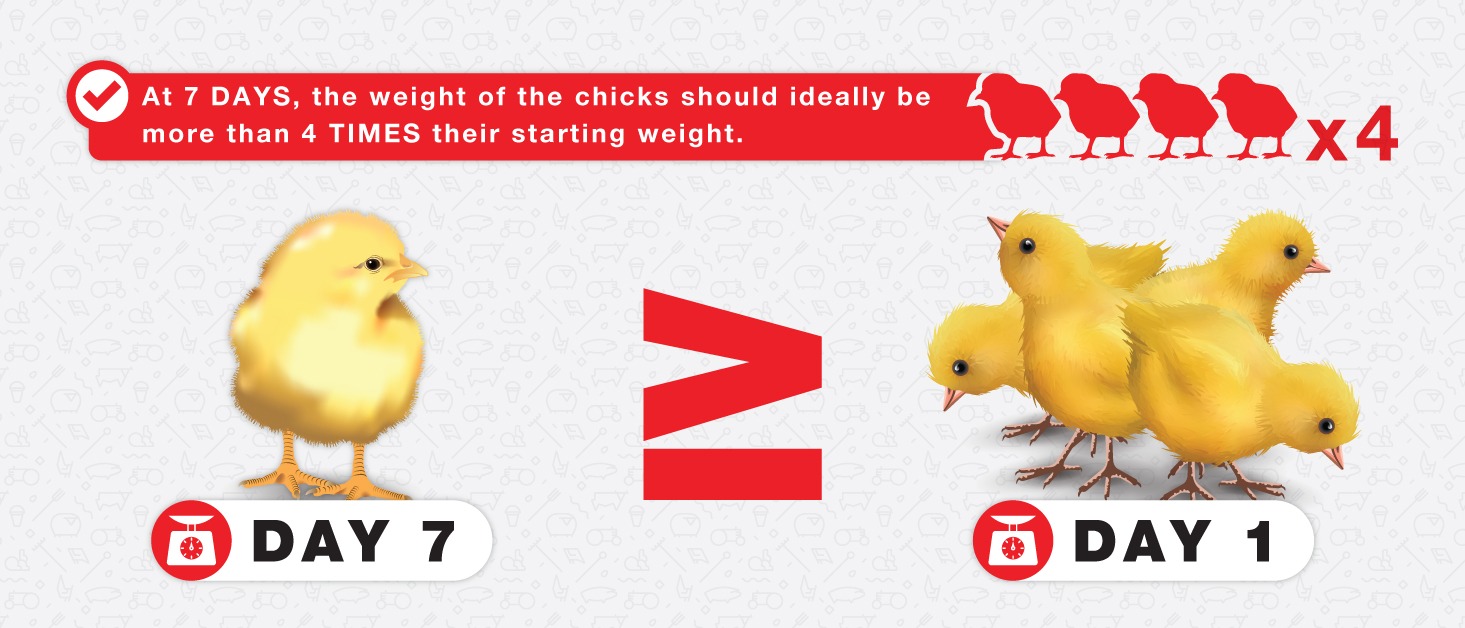
- If chicks have not grown to this extent you should investigate the cause.
- Evaluate the process to date, include temperature, feed intake, water intake and other environmental conditions. If you need help in this regard contact your local technical advisor who will guide you.
- Everyday checks should also be conducted. When entering a house, always do so as quietly as possible so as not to disturb the birds. Immediately upon entering the house use all of your senses to evaluate if something is not ideal. Look, smell, feel and listen. After a few minutes, your body adjusts to the environment and you won’t be able to smell or feel what’s wrong.
- Make sure that the temperature in the house is correct using this table as guideline:

- Check if there are cold spots and/or draughts in the house.
- Check if the ventilation is correct.
- Check if the drinkers and feeders are at the correct height and if there are enough of them for the number of birds.
- Check the bedding, it shouldn’t be too wet or too dry.
- Remove all the dead birds and record the number.
LIGHT PROGRAMME
- Lighting is an important factor to get good performance from the broilers.
KEY POINTS TO MEASURE THROUGHOUT THE CYCLE
- Chicks’ day-old weight.
- Weights at day 7, 14, 21, 28 and 35.
- When and how many birds died.
- Amount of feed that is used.
- Amount of water that is used.
- Minimum and maximum temperatures.
- Any treatment or medication given to the chickens.
It is important to keep an eye (and a few other senses) on your cage(s) throughout the farming process, here is how:
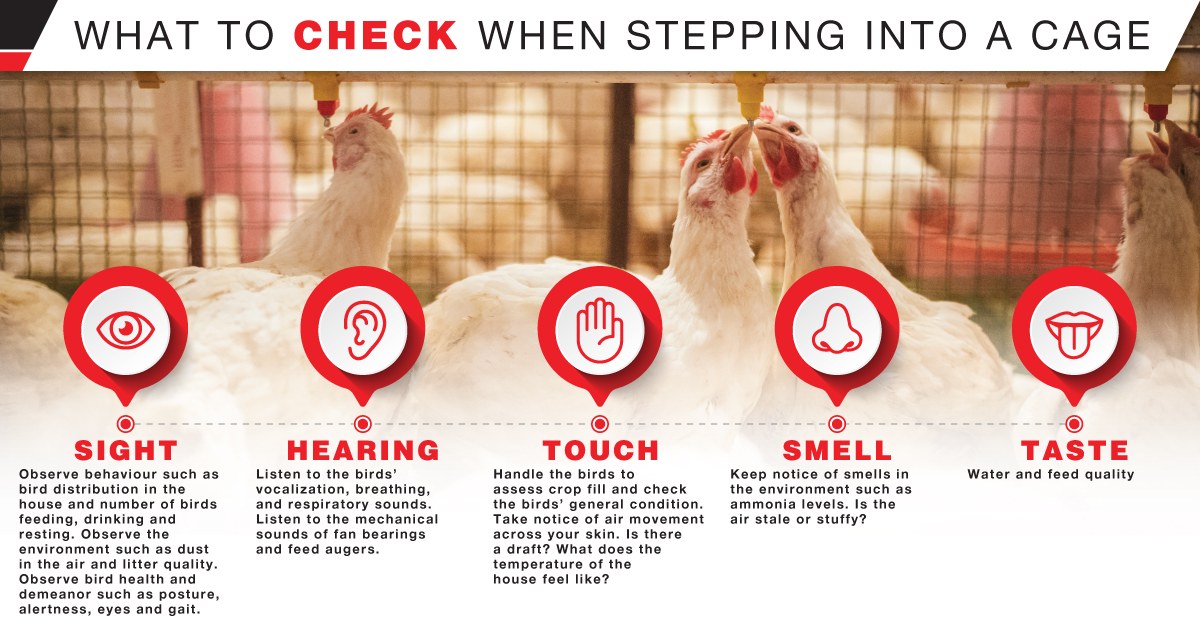 #ThatEpolLife #EpicEpol #EpolPoultry #WeHaveAFeedForThat
#ThatEpolLife #EpicEpol #EpolPoultry #WeHaveAFeedForThat
*Reworked from our Broiler Feed PDF (Available for download here)




